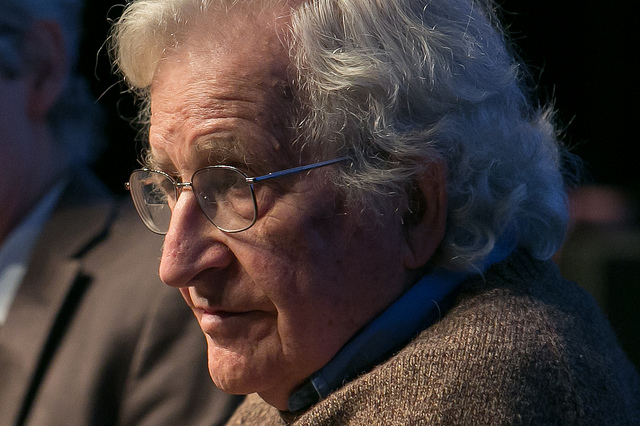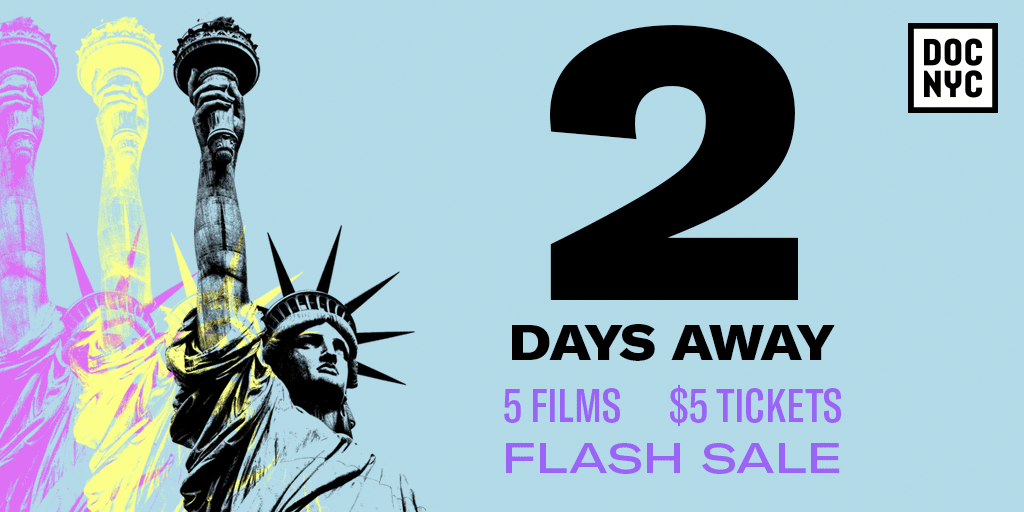Is the Man Who is Tall Happy?: Chomsky and the Intersection of Art and Science


In his new documentary on Noam Chomsky, IS THE MAN WHO IS TALL HAPPY?, filmmaker Michel Gondry made a deliberate decision to veer from Chomsky’s political beliefs, instead focusing on the academic’s work as a linguist and social philosopher. “I felt I could do a good job in getting people to know Noam as a thinker,” Gondry said following the DOC NYC screening of his film on Thursday. “I thought people would pay attention to Noam’s political work if I got them to understand his scientific work and who he is as a person.”
Over the course of five years, Gondry recorded a series of conversations with the great thinker using only an audio device and a 16mm Bolex camera. His handmade animations skillfully illustrate Chomsky’s complex and often abstract theories of universal grammar and philosophy, along with snippets of his personal life—a grand achievement considering that Chomsky describes himself as an intensely private person.
Gondry sought out Chomsky while working as an artist-in-residence at the Massachusetts Institute of Technology (MIT) back in 2009. “I was visiting a lot of students and teachers,” he said. “A lot of their work was bridging art an science, an area I’ve always been interested in.”
Perhaps the collaboration works so well because Chomsky, too, sees connections between the practices of art making and scientific inquiry. When asked how he handled the equivalent of an artistic block in his scientific work, Chomsky answered, “Like Michel captured with such artistry in the film, it’s usually a matter of thinking about things, and talking to someone. And hoping that somehow what looks paradoxical or impossible will fall into place.” He added, “But how it happens I don’t know. I’m sure it’s the same for anything artistic.”




